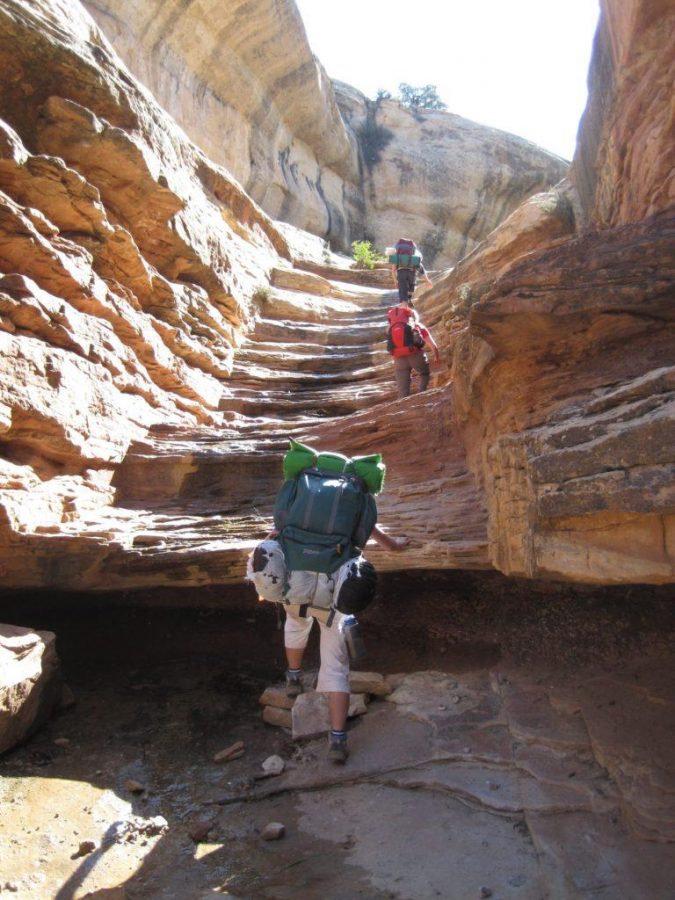It seems like an easy task — I mean, you’ve been loading up your pack and trudging off to school every day since you were four. But, stuffing your life on your back and carrying it across deserts or up mountains requires a special finesse. After basically backpacking on campus (packing three outfits, three pairs of shoes and meals for the whole day counts, right?), Wasatch editor, Carolyn Webber, shares her learned secrets of stuffing the perfect pack.
First of all, you need the right size of backpack. A too-big pack sinks below your waist and rubs, causing blisters. Too tight, and it can restrict breathing. The pack should feel snug around your natural waist, and sit on your shoulders comfortably. Adjusting straps, like the load lifter straps that connect the top of the pack to the shoulder straps, can make your pack feel like it was made to fit your body, so play around with them before purchasing. The size of the pack depends on the length of the trip. A weekend trip requires up to 50 liters while longer trips need 50-70 liters.
Now that you’ve chosen your companion for the next few days, lay out all the necessities and work up from heaviest to lightest. Start by slipping your full bladder — if you are using one — into its sleeve. If you forget, you’ll have to unpack and re-load. Sleeping bags are probably one of your heaviest items, so put it toward the bottom of your pack to create a base layer. Next, slip in medium weight items such as food and cookware. If you’re worried about fuel leaking, you can place it below your sleeping bag to avoid a total disaster.
Make sure you are utilizing every inch of space, including corners. Socks and clothes, which should be rolled and not folded, can mold into awkward-sized gaps. Check for balance by picking up the pack once the body is full. Place survival items in the brain or outside pockets so they are easy to access, as well as shells and outerwear. Bring carabiners to hook random items to the outside of the pack, like dirty boots or mugs. A rope can also come in handy, particularly for bear bags, so coil the rope around your hand or in a daisy chain then hook it onto your pack.
For winter backpacking, it’s a good idea to keep bite-sized food in a small pouch that hangs from your shoulder strap, because you’ll want that food close to you. Waterproof pack covers often come with the bag, but garbage bags work as well. Walk around with the pack and make sure everything is secure and not making obnoxious noises like clanging pots.
@carolyn_webber


